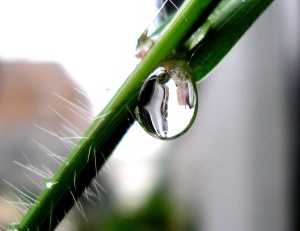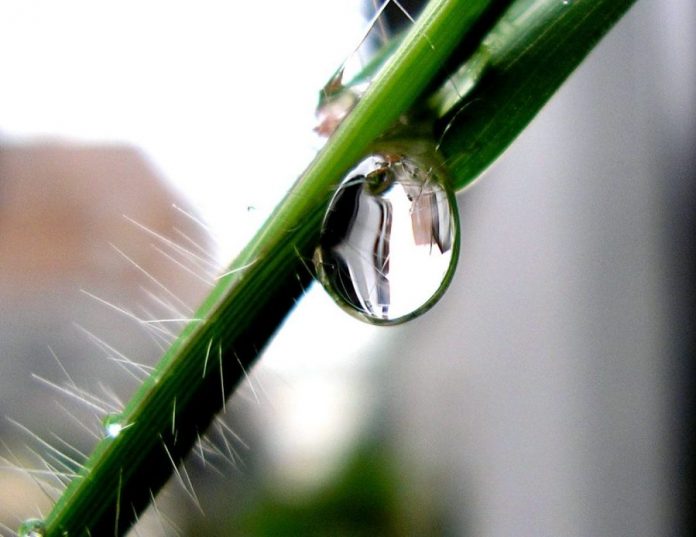 What do you know about plant stems? They have three major internal tissues: (1) the nursery cells in root or shoot tips that divide into; (2) tubes to transport water and dissolved minerals UP to leaves, flowers, and fruits; and, (3) tubes that transport sugars, created by photosynthesis, DOWN around the plant. Leaf veins? These are ductwork extensions. In case you’re interested, the stem tissues’ fancy names respectively are cambium (where growth occurs), xylem (the UP tubes) and phloem (the DOWN tubes).
What do you know about plant stems? They have three major internal tissues: (1) the nursery cells in root or shoot tips that divide into; (2) tubes to transport water and dissolved minerals UP to leaves, flowers, and fruits; and, (3) tubes that transport sugars, created by photosynthesis, DOWN around the plant. Leaf veins? These are ductwork extensions. In case you’re interested, the stem tissues’ fancy names respectively are cambium (where growth occurs), xylem (the UP tubes) and phloem (the DOWN tubes).
Plants like grass that germinate with a single leaf, produce up and down tubes in stringy side-by-side pairs inside the stem. Zoom-in on a cross cut stem and the string-pairs look like a dotted starburst. Bite a celery stem and see its strings arranged on the outer edge. In plants that germinate with two leaves, trees for example, the xylem, cambium, and phloem form distinct rings of tissue around a pithy central cylinder.
Here’s what gardeners need to know about stems. Commercial herbicides are designed to travel in one or the other tube system, which explains why a concoction that turns out the lights for broadleaf weeds won’t bother Bermuda grass. Is that an ah-ha moment or what?
UP tubes form when the cells of a root or shoot-tip divide. As the plant grows, the older UP tube cells die and empty out. Hard layers of these dead cells’ walls form “heartwood,” a woody plant’s skeleton. In a large tree, only the outermost wood brings water and dissolved minerals into the plant.
DOWN tubes form in the same stem location as UP tubes, and differentiate into either thin-walled filler tissue, sieve tubes, leaf veins, or fibers like flax or hemp. Who knew a little ole stem was so complicated?
A plant part may be called a stem only if it has buds or leaves.
Strawberry runners, for example, are stems. The typical stem is visible above ground, but grass rhizomes, potato and cyclamen tubers, gladiola corms and onion bulbs are all subterranean stems. Some roots look like underground stems, others do not. If it has “eyes” that will produce buds then leaves, it’s a stem, not a root.
Stems produce new plants with ease: think rose canes, grass plugs, potato pieces and garlic cloves.
What do shoots, twigs, branches, and trunks all have in common? They’re stems with different birthdays.
A shoot is an infant with some leaves. A twig is a dormant toddler, less than a year old and without visible leaves. A branch is over a year old and bears lateral stems. Tree and shrub trunks are main stems with a few years under their proverbial belts.
The difference between a tree and a shrub is usually the number of main stems and the height. A tree averages 12-feet or taller, whereas a shrub averages 12-feet or shorter. There are exceptions, of course. Vines are trailing stems and some, like English Ivy, have aerial roots.
Noelle Hood is our resident green thumb and Texas Agri-Life Master Gardener.











.jpg)


